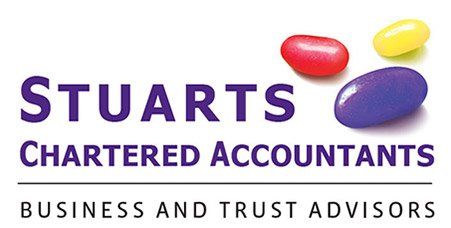Can't hide behind a Trust
Recently the High Court has defined its position on individuals or companies potentially hiding behind trusts and avoiding accountability in the context of Health & Safety. In the case of WorkSafe New Zealand Mhi Haumaru Aotearoa v RH & Jury Trust [2023] NZHC 3871, the High Court rendered a significant decision regarding the liability of trusts and trustees under the Health and Safety at Work Act 2015 (the Act) following a tragic incident on a dairy farm owned by the RH & JY Trust, where a young child visiting his grandfather suffered a fatal accident due to unprotected machinery. Following the child's death WorkSafe filed charges against both the Trust and its trustees.
Initially, the District Court dismissed charges against the trust, citing that a trust did not fit the definition of "person" under the Act. However, WorkSafe appealled and the High Court took a broader perspective, emphasising the Act's intent to hold entities accountable with higher penalties compared to that against individuals. Justice Harvey highlighted the Act's silence on whether a trust falls under the definition of "person" advocating for a wide interpretation of "person conducting a business or undertaking" (PCBU). Consequently, the court ruled that trustees collectively constitute a PCBU, thereby subjecting them to potential charges under the Act.
Despite this, the court acknowledged complexities within trust law, such as trustees' limited liability for co-trustees' actions, suggesting potential limitations on prosecuting trusts directly under the Act. Additionally, the court clarified that prosecuting either the trust or the trustees collectively would result in similar maximum penalties, thus eliminating any practical advantage to prosecuting the trust separately.
Moreover, the ruling recognised the possibility of trusts indemnifying trustees based on specific circumstances and applicable trustee indemnity laws. In summary, the decision underscores the expansive interpretation of a PCBU to include trustee bodies collectively and provides insights into the complexities of holding trusts accountable under health and safety laws.
This case underscores the significant health and safety obligations trustees bear, particularly when trust assets encompass businesses or commercial undertakings. It emphasises that trustees must diligently ensure workplace and operational safety for any operations under their governance. This latest High Court decision firmly establishes that trusts cannot serve as a means to evade health and safety responsibilities. It reiterates the paramount importance of maintaining a safe workplace, irrespective of the organisational structure of a business.
Employer Takeaway: This case demonstrates the wide application of health & safety obligations in terms of “PCBUs” and their duty to eliminate and minimise risk. In particular, the case shows how the courts will apply a wide interpretation to how legal entities are structured, and them being considered “PCBUs” for the purposes of the Health and Safety at Work Act 2015. Specifically, in appropriate cases the courts will uphold liability against trusts where harm, injury or loss of life has occurred and there are corresponding health and safety failures. Trusts throughout New Zealand will need to consider the impact of this court decision against their individual circumstances and where appropriate ensure compliance with health and safety obligations.
Source: Rainey Collins


